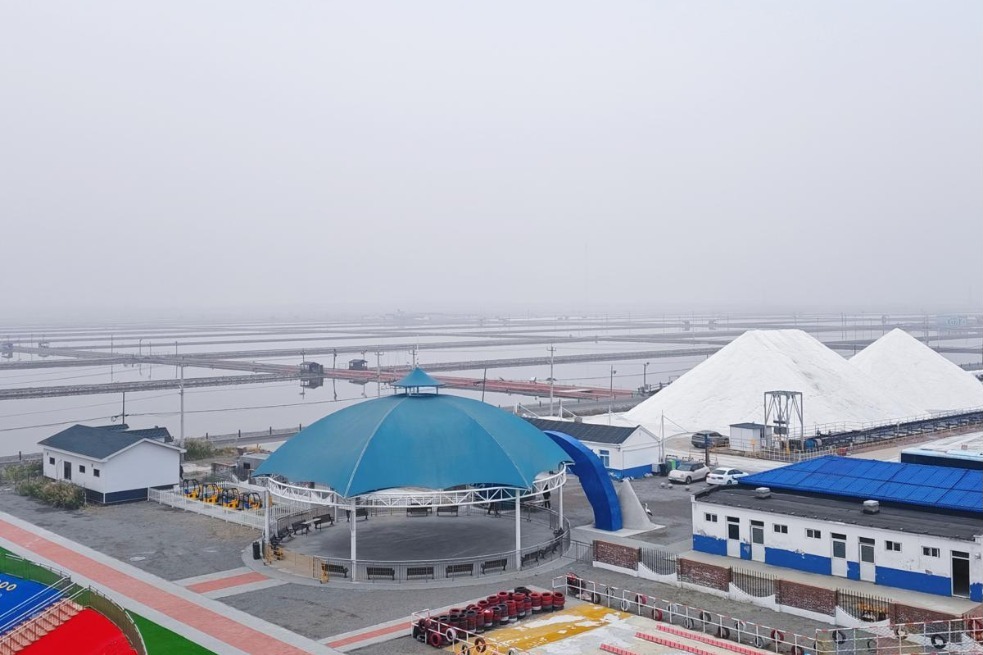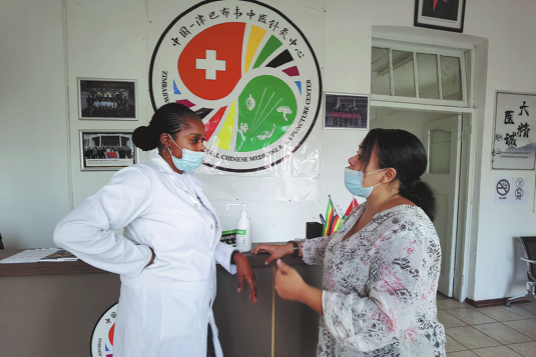Dingri leverages high peak to attract tourists

Dingri county in the Xizang autonomous region is leveraging world-renowned Mount Qomolangma, also known as Mount Everest, to build a thriving cultural and tourism sector under its "Roof of the World" brand.
A new visitor service center at the scenic area's north gate, which opened earlier this year, offers 24-hour ticketing, oxygen supplies and emergency rescue facilities. The upgrades aim to improve safety and provide comfort to tourists heading to the world's highest peak, Xizang TV reported.
The scenic area welcomed more than 547,600 domestic and international tourists last year, an 18 percent increase from the previous year. Revenues exceeded 110 million yuan ($15.3 million), up 1.4 percent year-on-year, according to Xinhua News Agency.
From the entrance, visitors travel up Gyawula Mountain's famous 108 hairpin bends to reach a viewing platform that offers sweeping views of Qomolangma and neighboring Himalayan giants Lhotse and Makalu. Cultural and creative spaces on the platform sell plateau-themed souvenirs that highlight local Tibetan culture.
To boost connectivity, Dingri has improved roads along national highways 318 and 219 to establish a "small loop" tourism circuit linking nearby towns and villages.
In Tashizom township, known as the "Gateway to Qomolangma", brand-name hotels, boutique guesthouses and restaurants are flourishing. The homestay economy has expanded significantly, with more than 150 establishments now offering over 6,300 beds and providing jobs for more than 560 locals, according to the township government.
Sonam Tashi, chairman of the Tashizom Township People's Congress, said a high-quality service ecosystem has been formed "where food is savory and accommodations are welcoming".
Following an earthquake in January, the local government swiftly closed the scenic area.
"In line with post-disaster reconstruction, the Mount Qomolangma scenic area resumed operations on March 1, backed by scientific assessments from the local tourism and market supervision bureaus, ensuring that infrastructure, staffing and operational standards were met," Sonam said.
He noted that six villages along the route participate in tourism, running businesses such as hotels, guesthouses and tent camps.
The tent camp at the Mount Qomolangma Base Camp is jointly managed by six administrative villages and employs 52 staff members, 80 percent of whom are local residents, including 12 university students.
"This collaborative effort provides a variety of services, including accommodation, dining, oxygen supply, supermarket, cultural products and travel photography," Sonam said. The tent camp generated revenue of 12 million yuan in 2024, he added.
The base camp remains a must-visit destination, featuring the world's highest themed post office and a comprehensive service area with dining, lodging and shopping options, he said.
- China successfully launches new test satellites
- China launches Lijian 1 Y9 carrier rocket
- First cross-border event debuts at the National Games
- China Focus: National Games enhances coordination under 'one country, two systems'
- China's Fujian aircraft carrier to make regular appearances on high seas: spokesperson
- A decade of dialogues





































